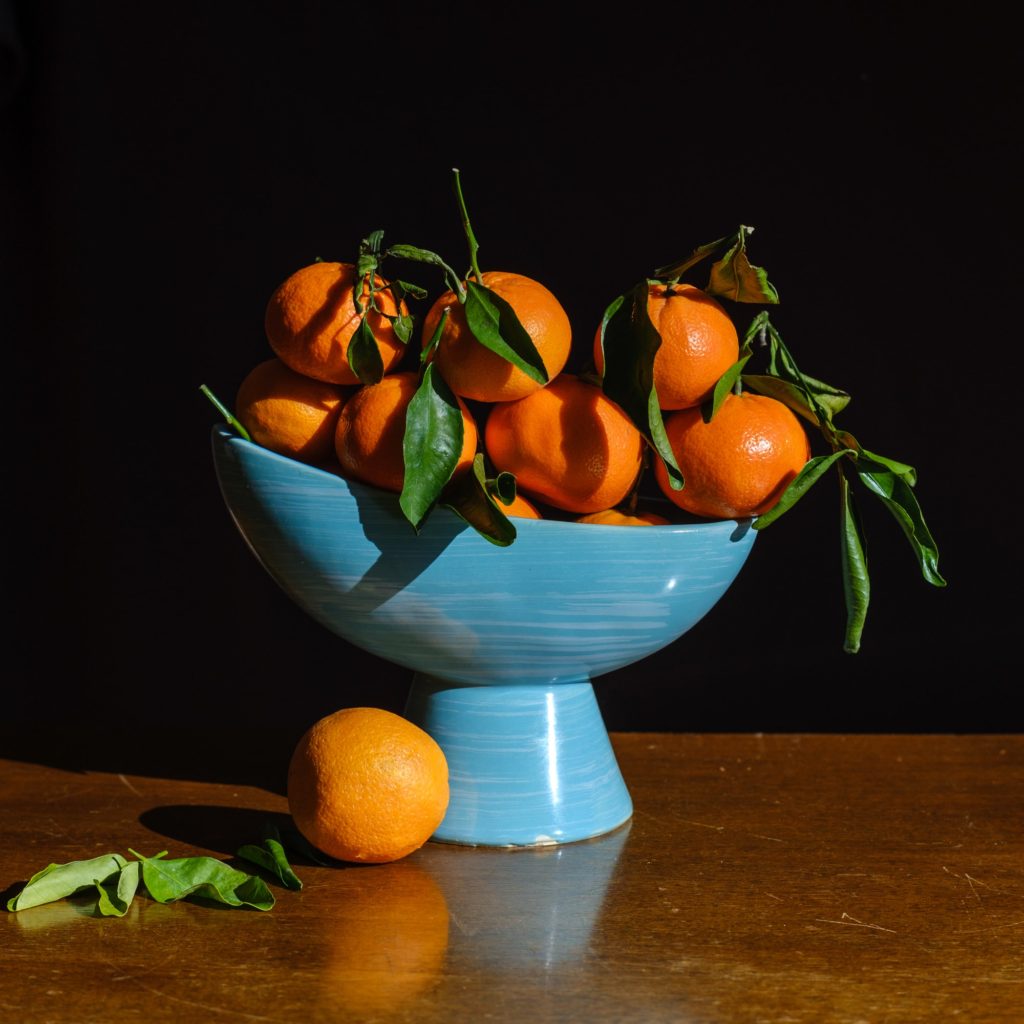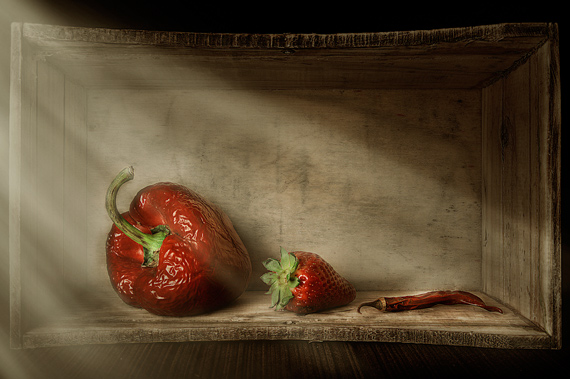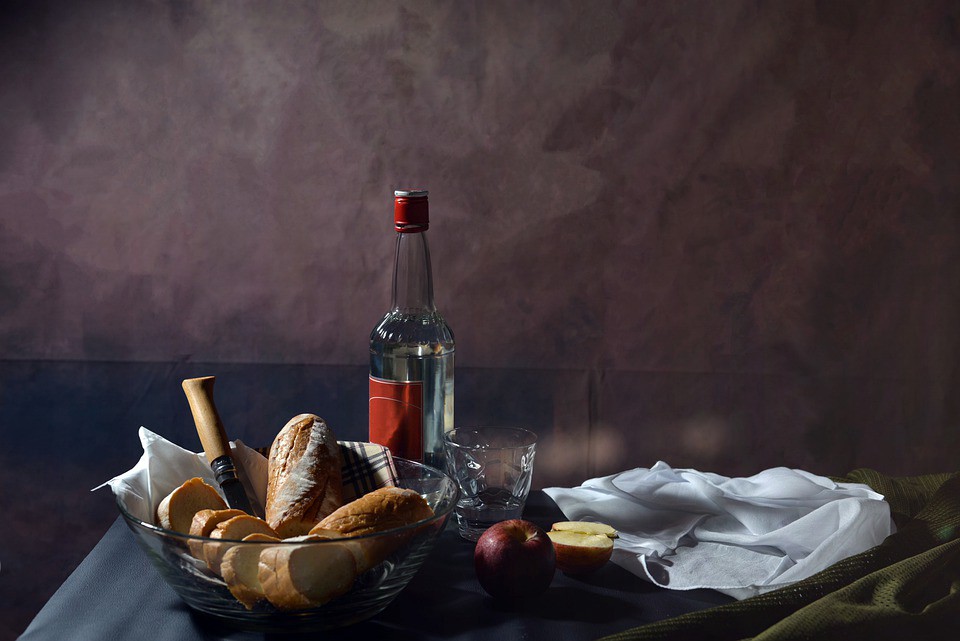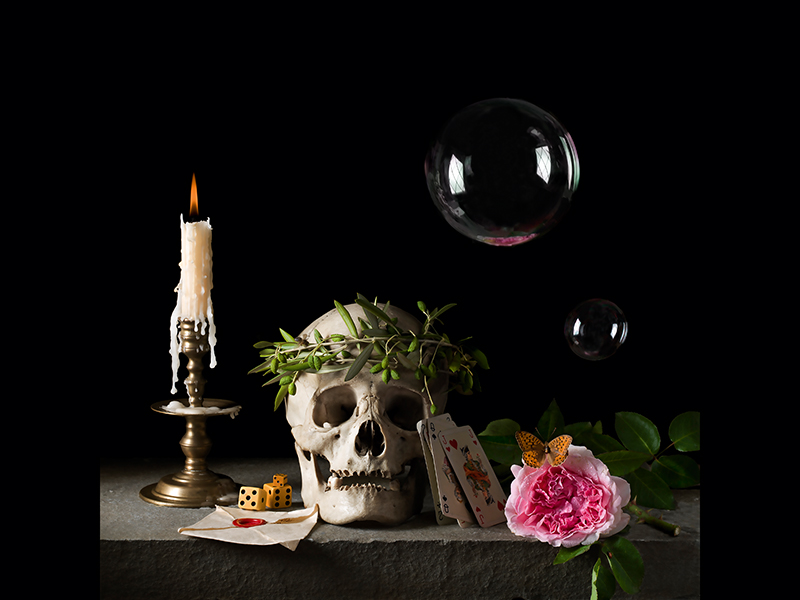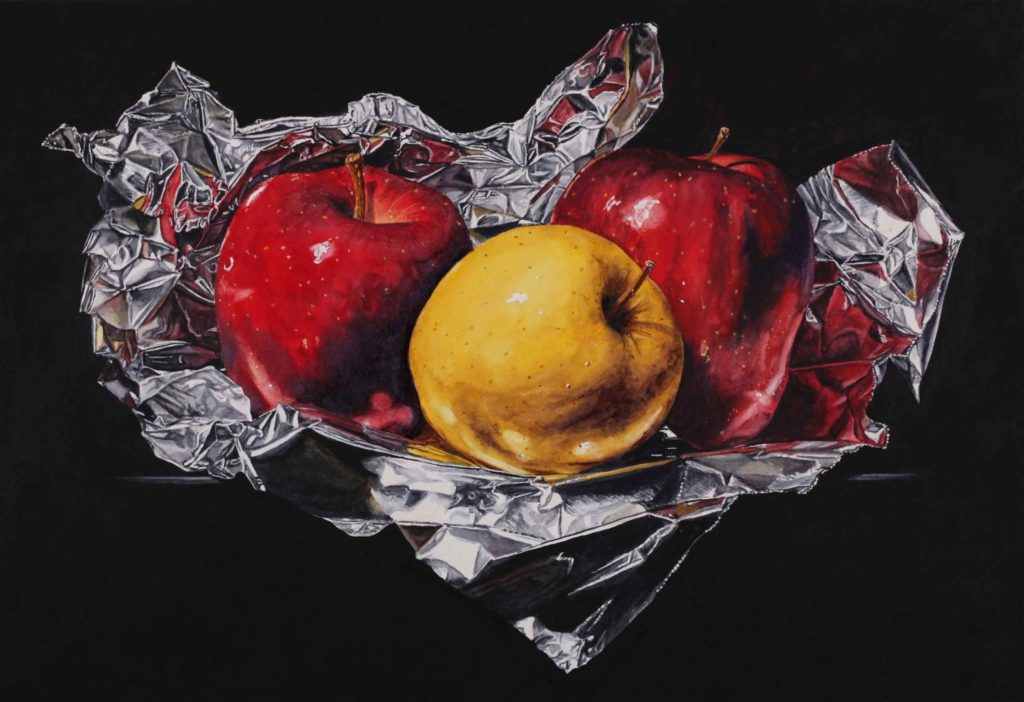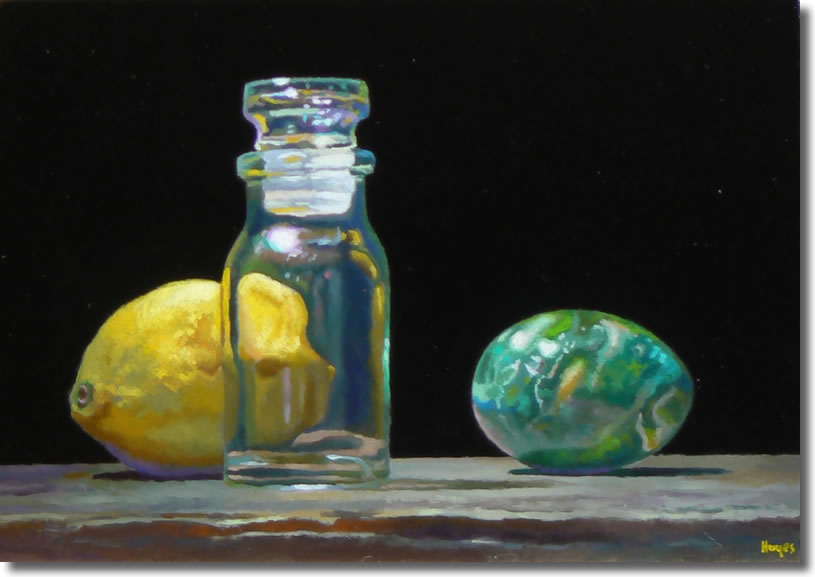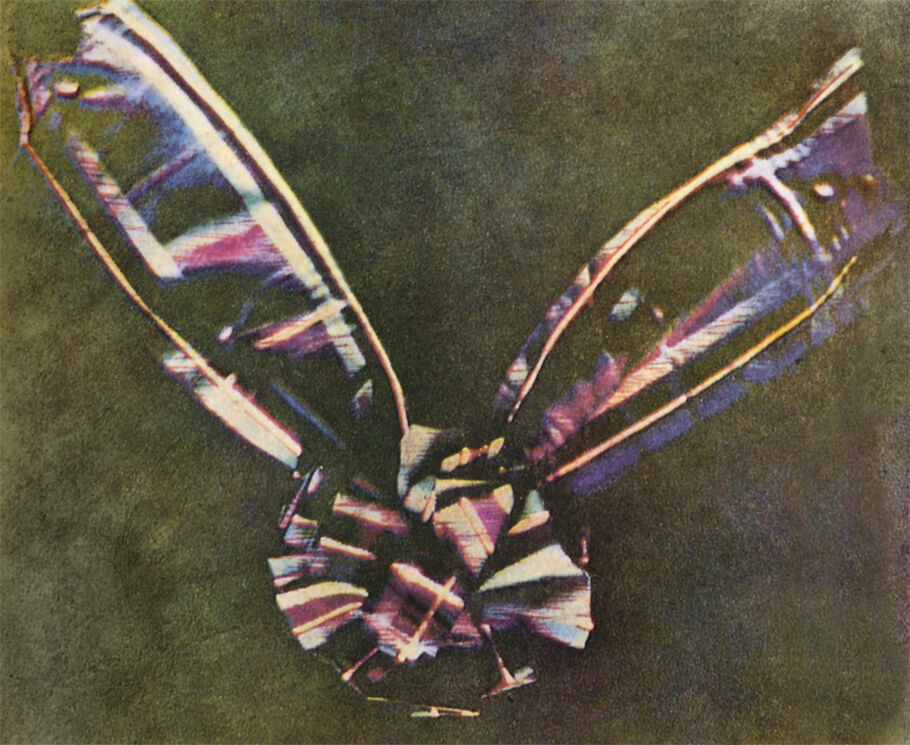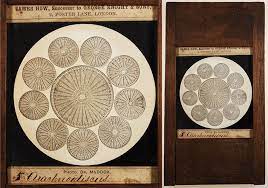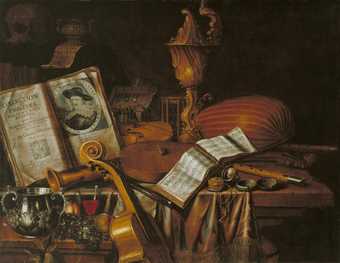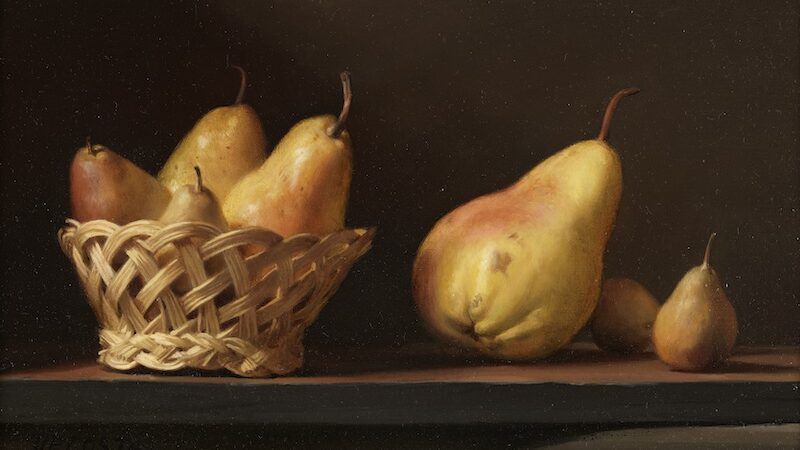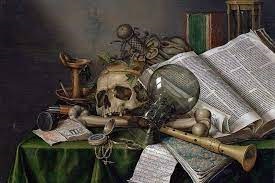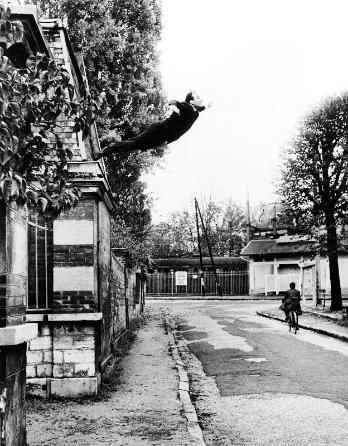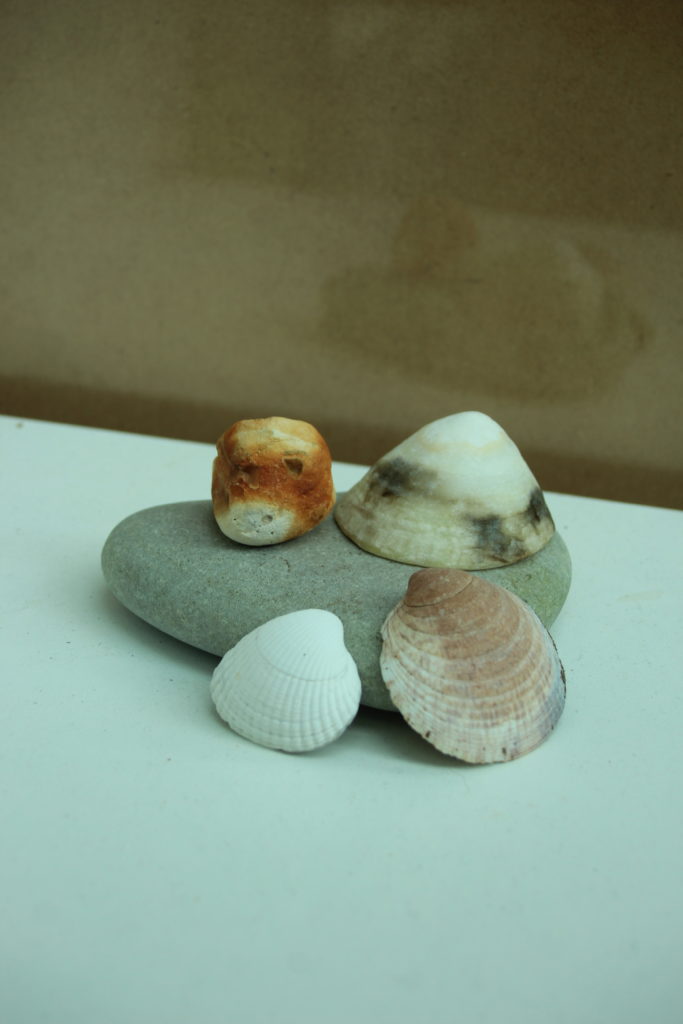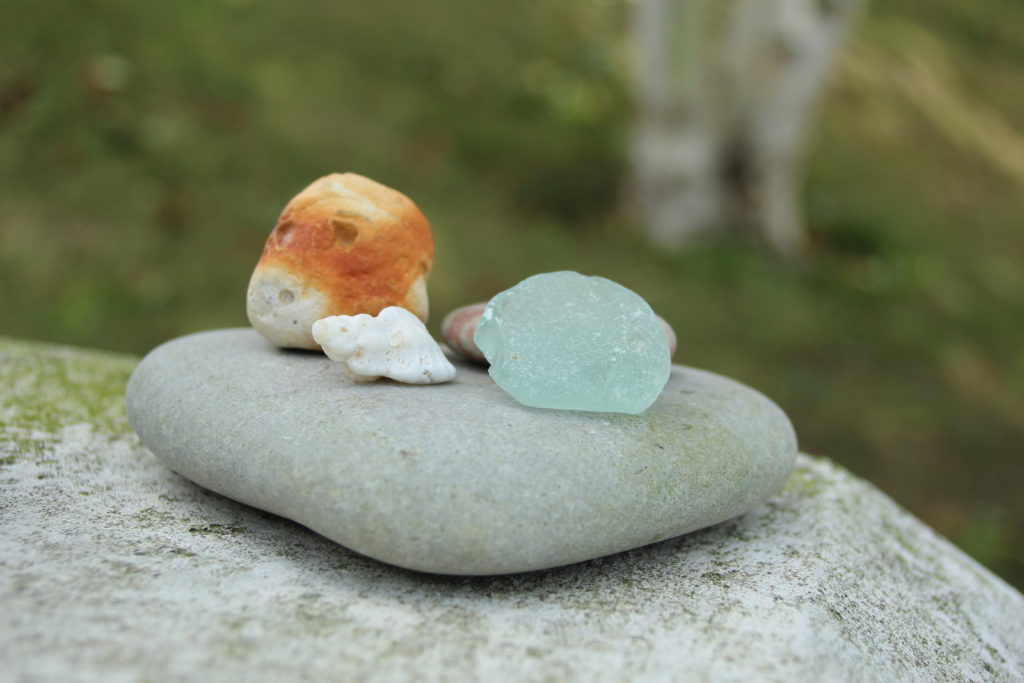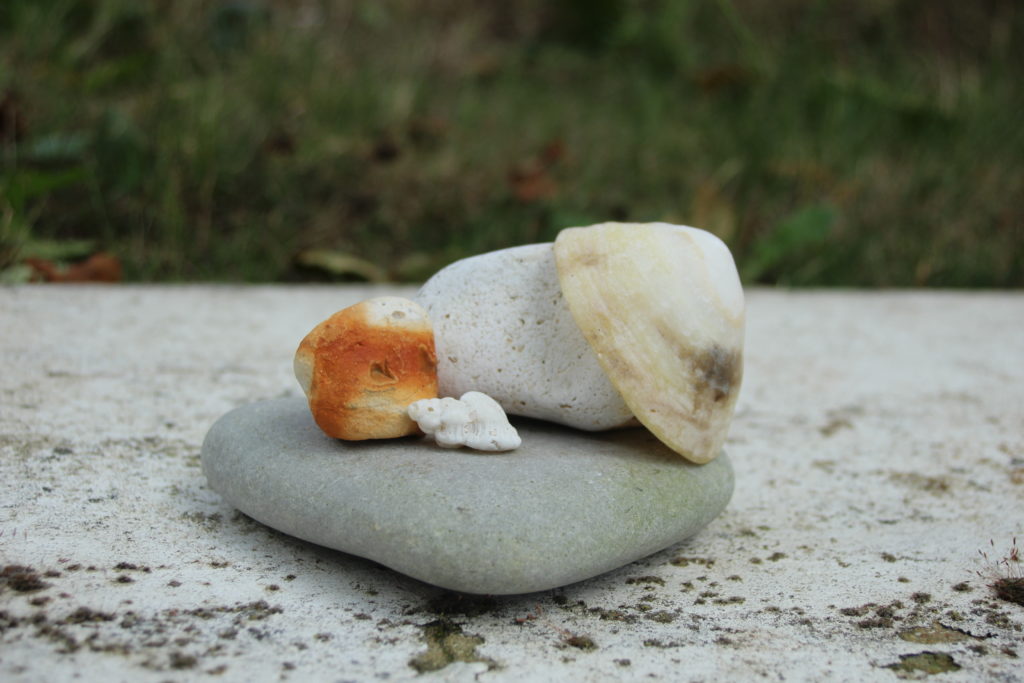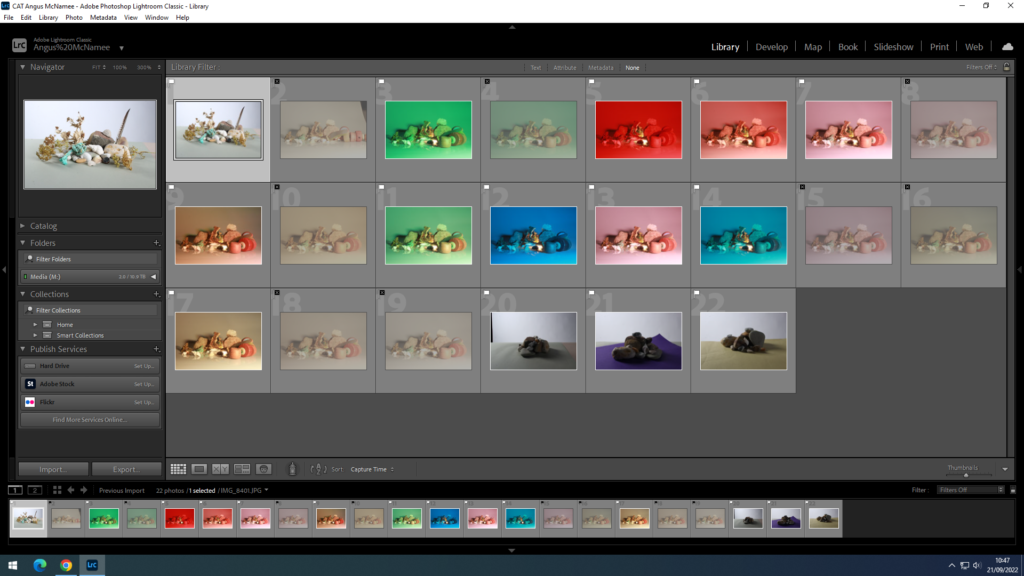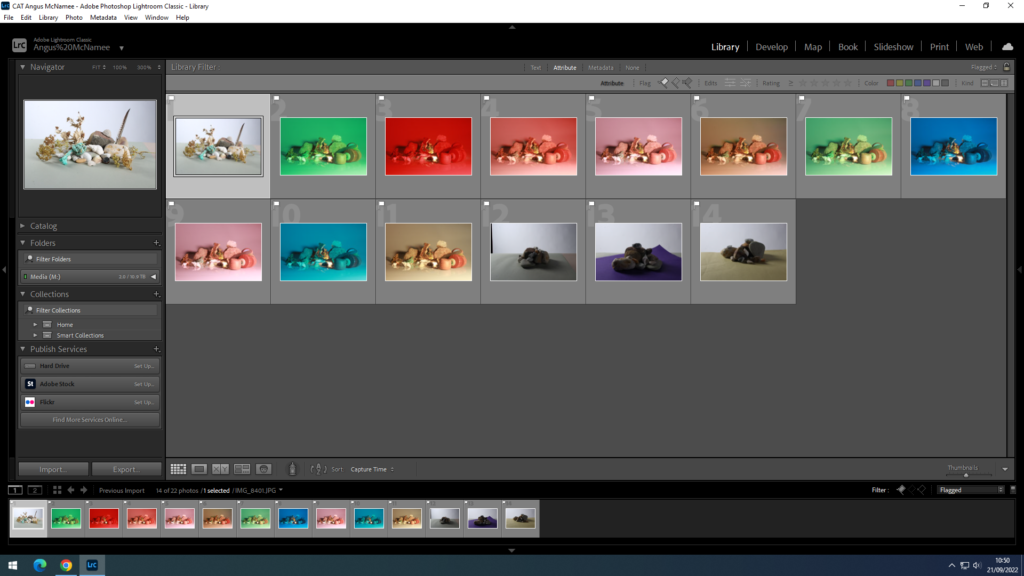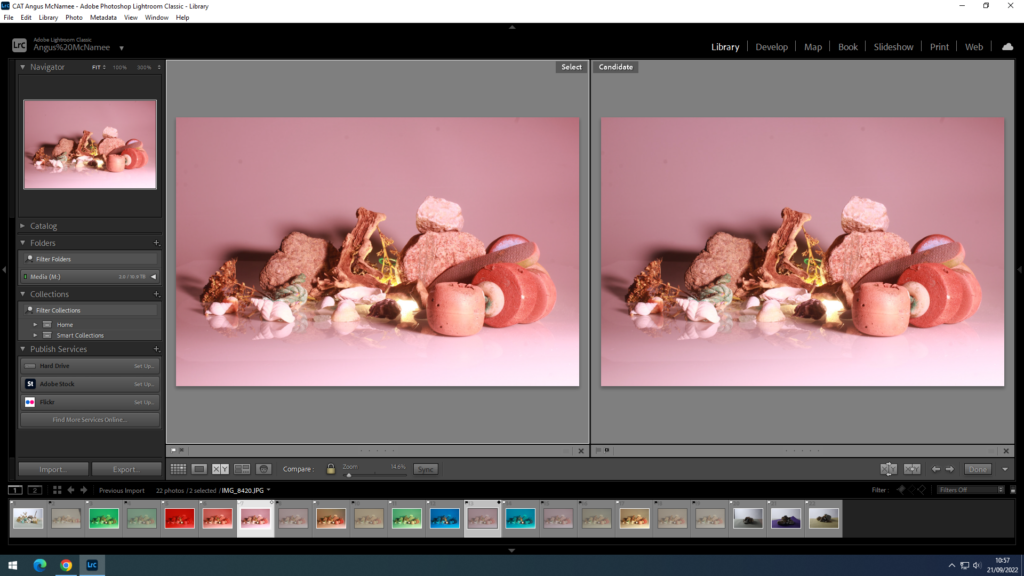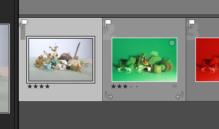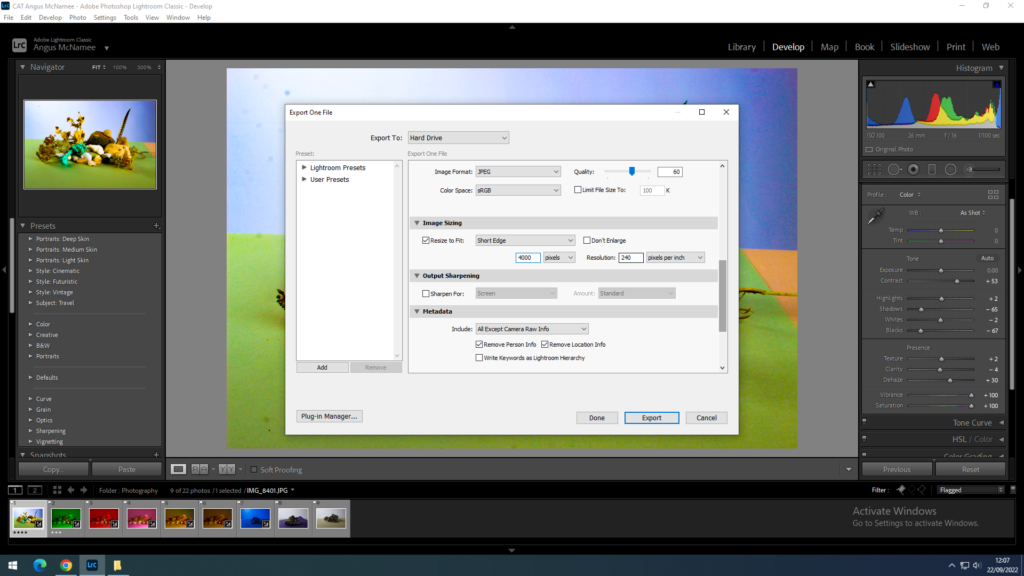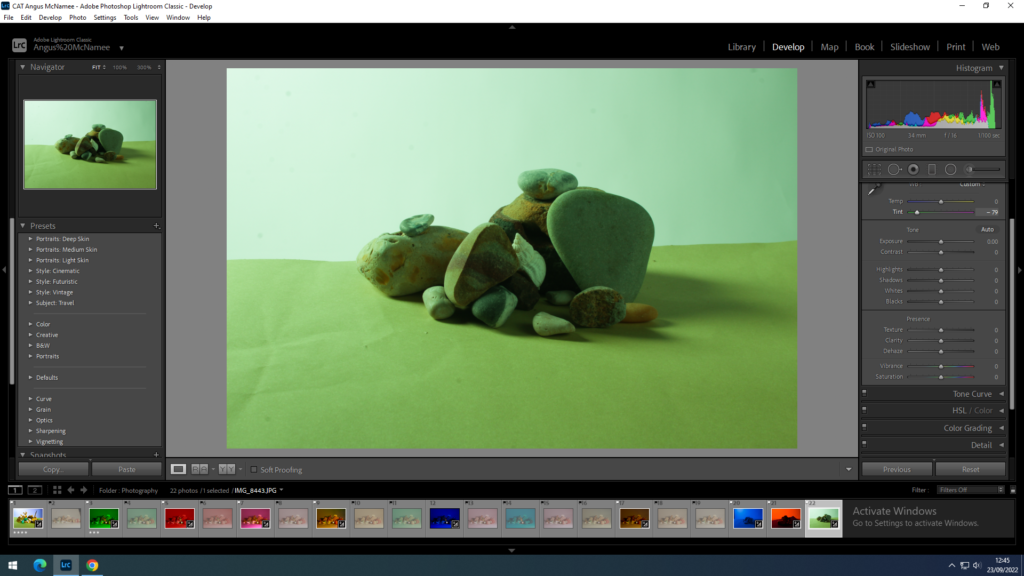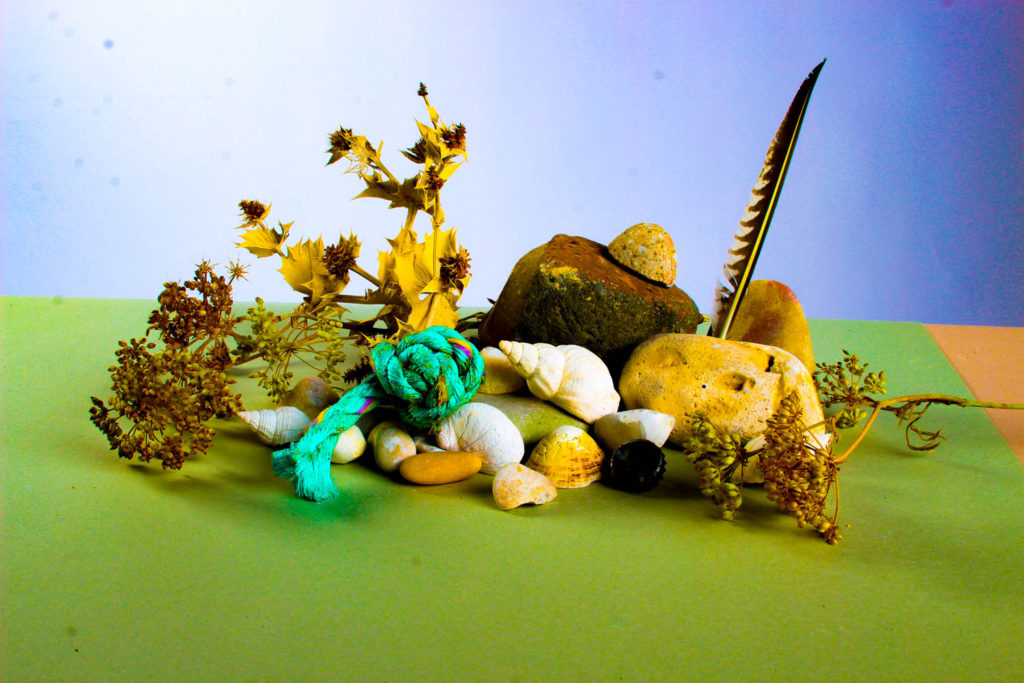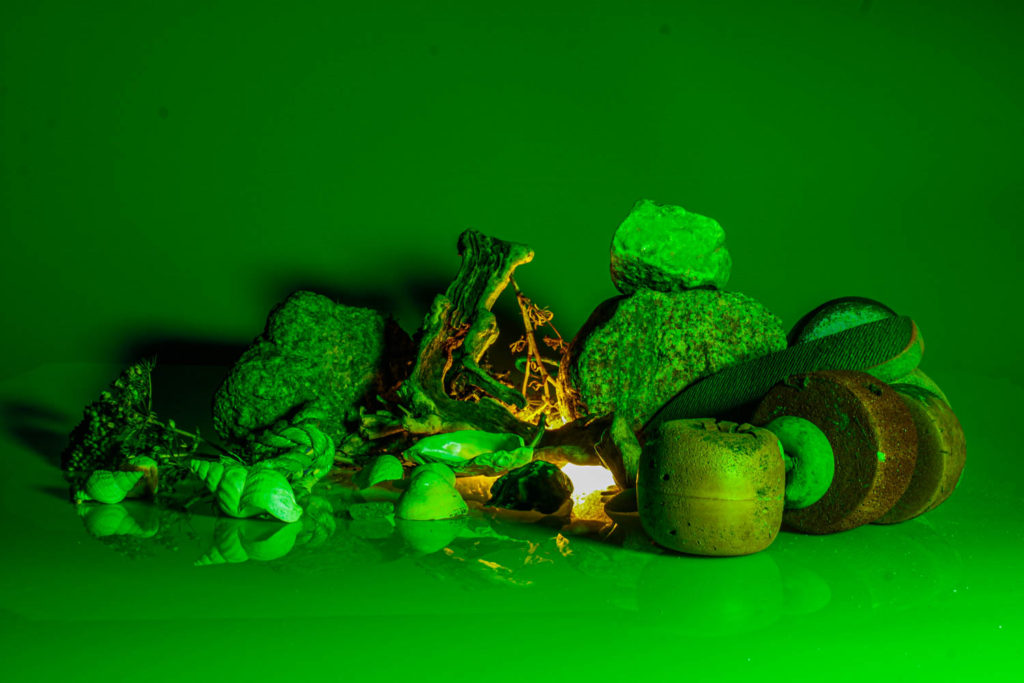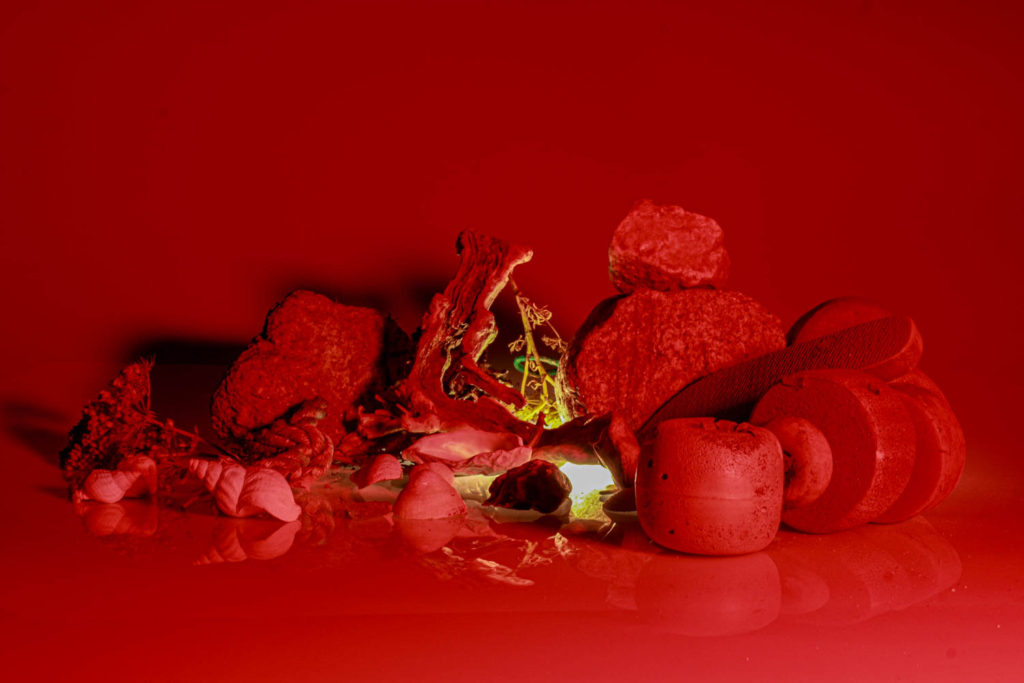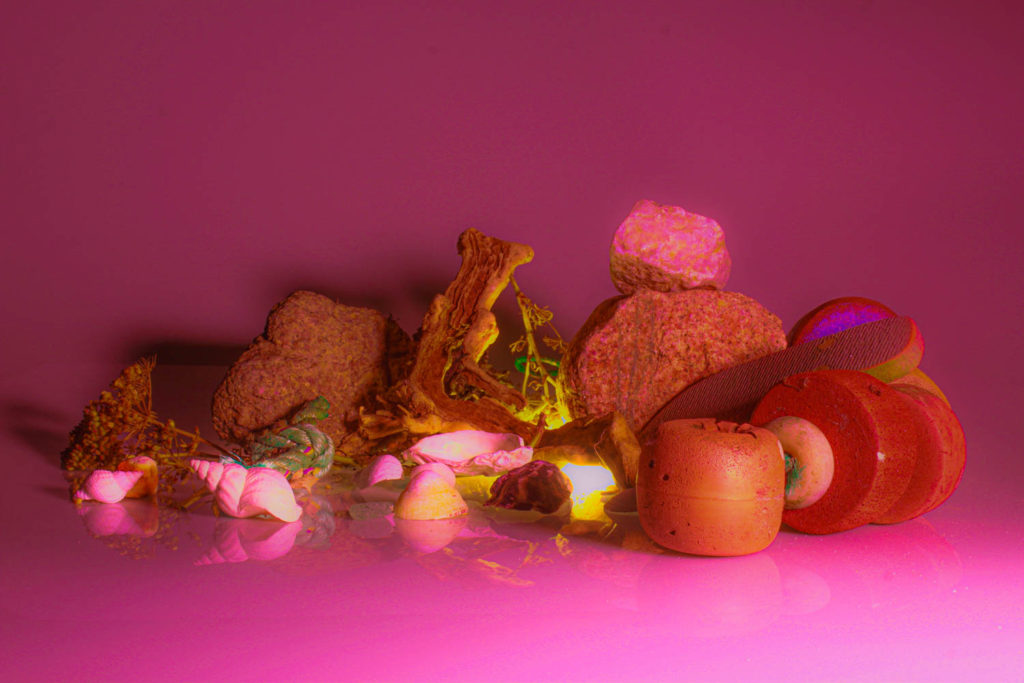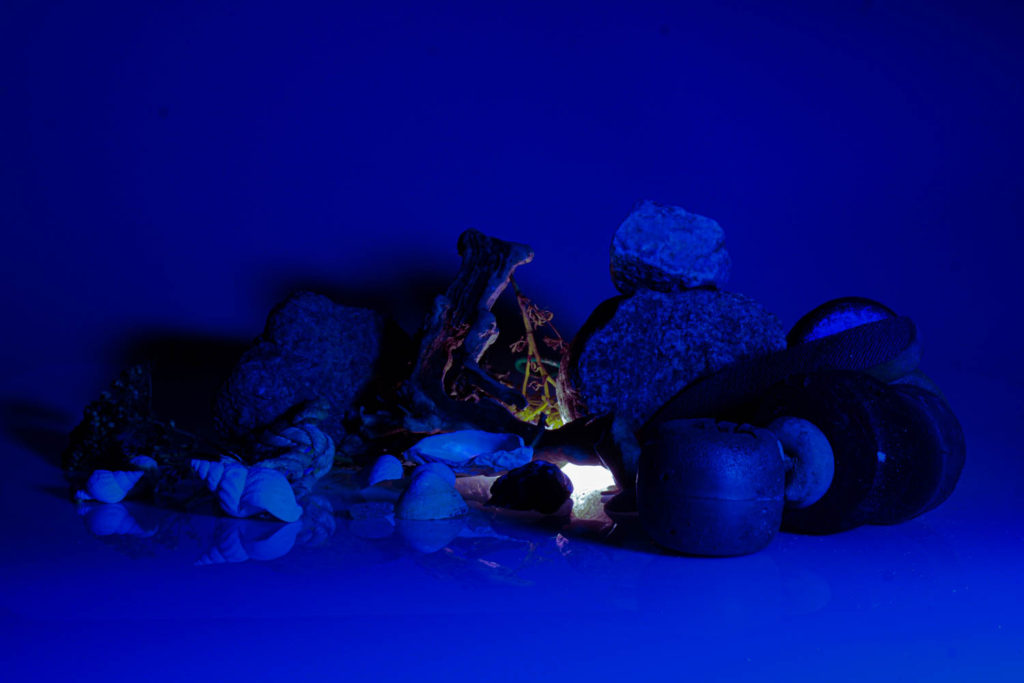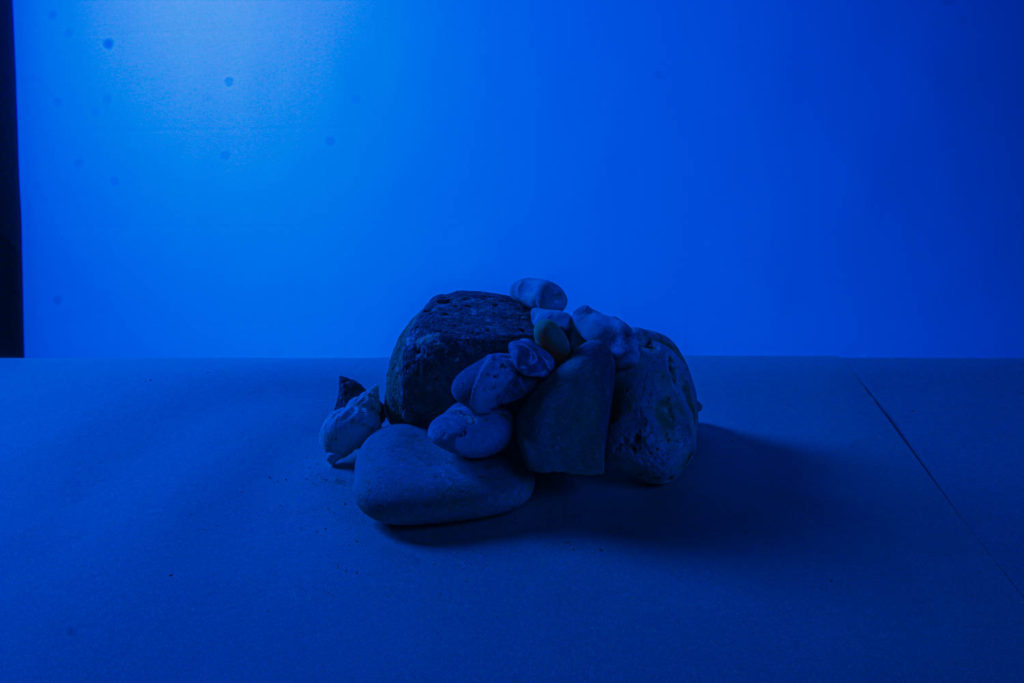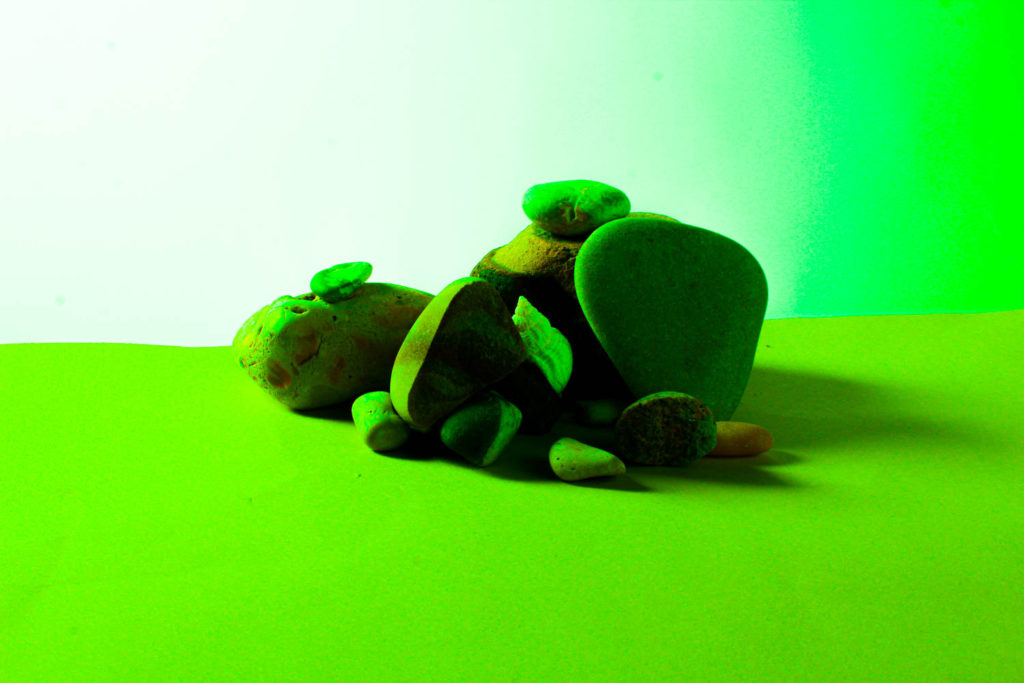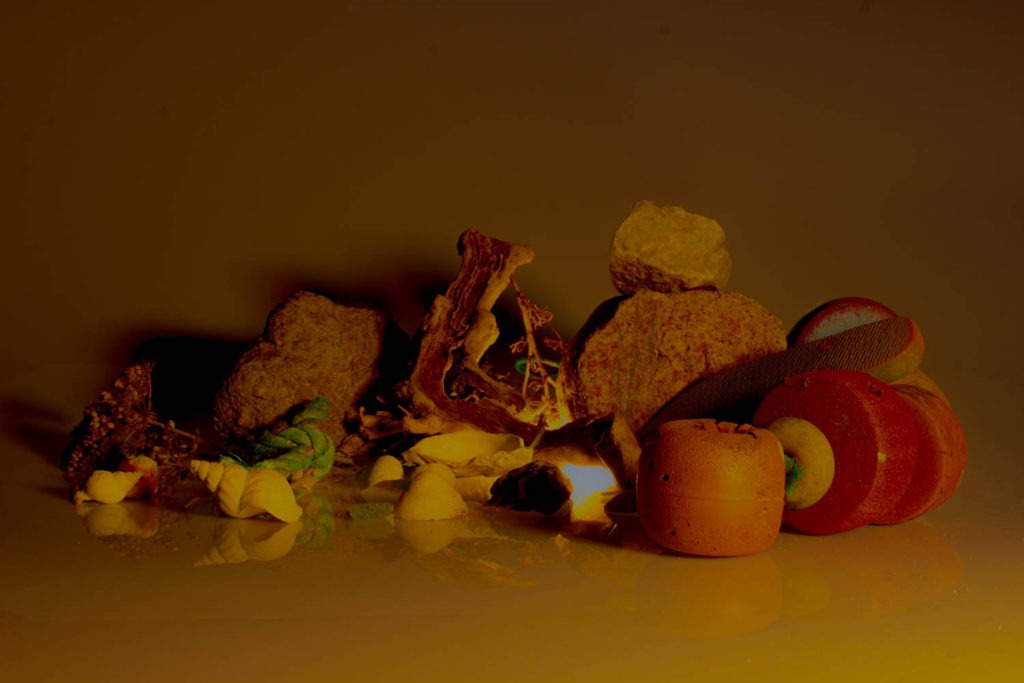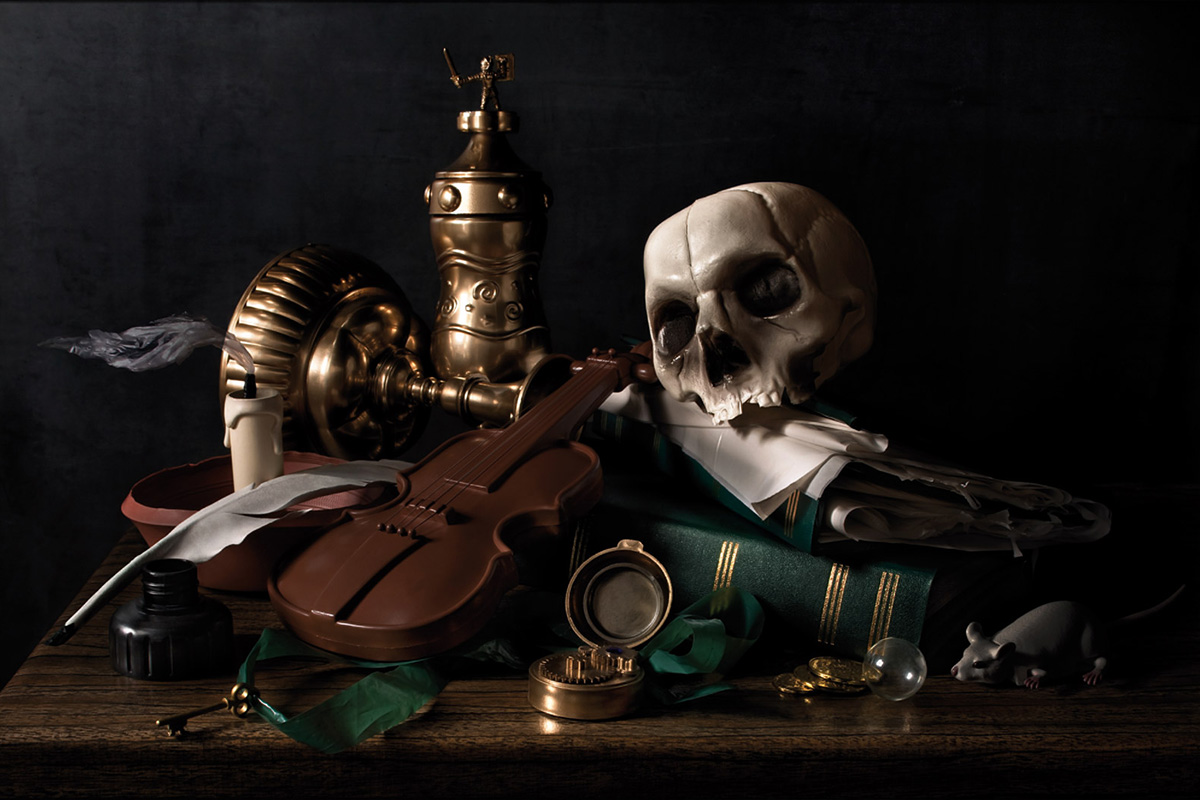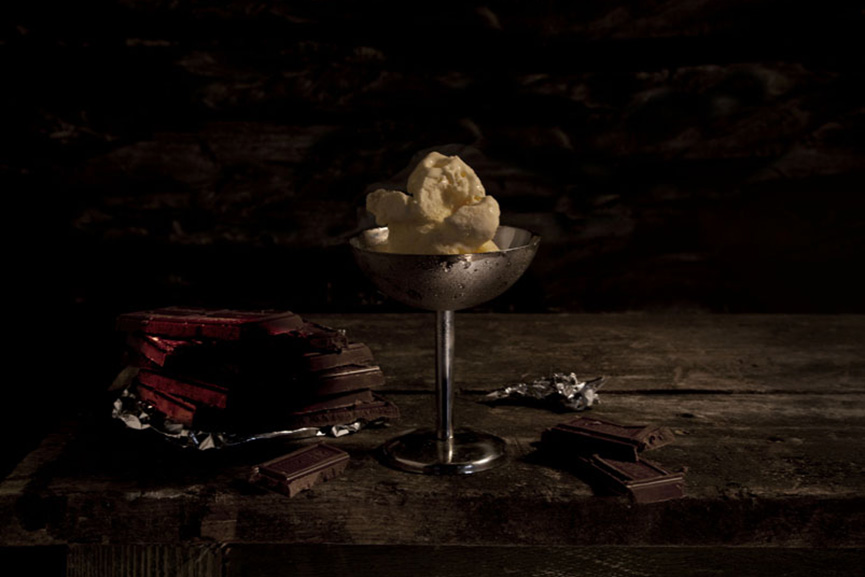What is still life?
Still life derives from the Dutch word stilleven, coined in the 17th century when paintings of objects enjoyed immense popularity throughout Europe. The motivation for this term came as artists created compositions of greater complexity, bringing together a wider variety of objects to communicate allegorical meanings.
It is defined as a work of art that shows inanimate objects from the natural or man-made world. This would include things such as fruit, flowers, dead game, and vessels like baskets. Most still life’s can be placed into one of four categories: flowers, banquet or breakfast, animal(s), and symbolic.
Flowers will often either have many flowers or a singular one. Nearly all of these pictures will be in colour and will often symbolise innocence.
Banquet still life shows a variety of food, usually showcasing luxurious backgrounds/ settings.
Animals in still life are usually depicted doing something or having a full background.
Symbolic still life often shows skulls and other meaningful items so get a message across to the viewer.
Examples of still life in paintings
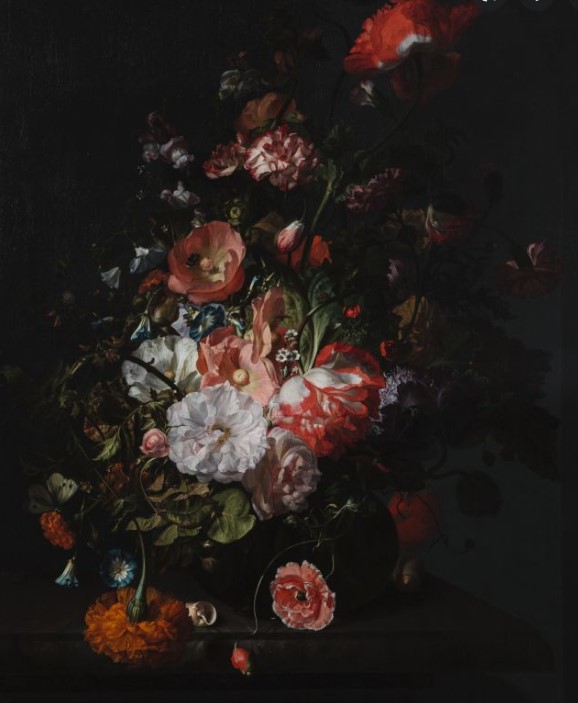
Flowers 
Banquet

Animals 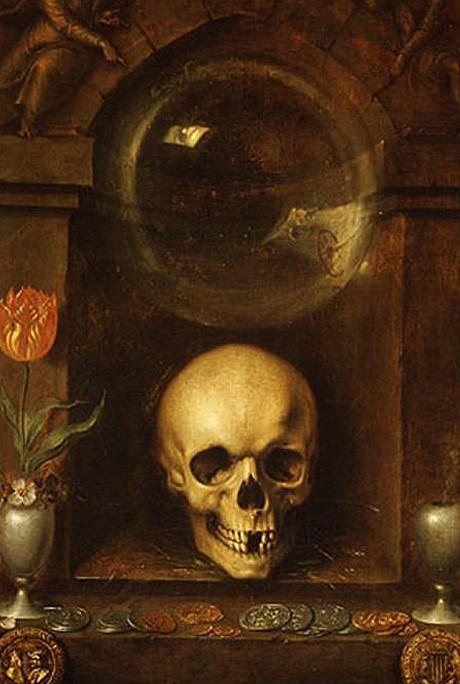
Symbolic
Examples of still life in photography

Flower 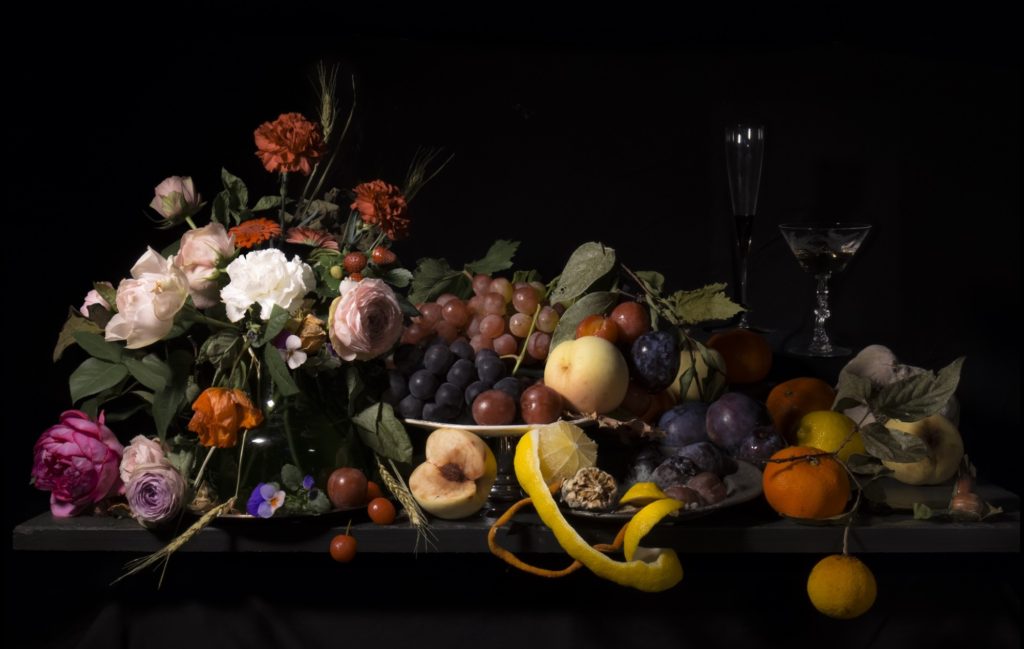
Banquet

Animal 
Symbolic
A time line of still life
Still life is generally considered to be started with the work by an Italian painter named Jacopo de’Barbari who is said to of “painted the golden age of still-life”.
Early still-life paintings, particularly before 1700, often contained religious and allegorical symbolism relating to the objects depicted in them.

What is Vanitas?
Vanitas is a still-life painting of a 17th-century Dutch genre containing symbols of death or change as a reminder of their inevitability.
A vanitas painting will contain collections of objects symbolic of death and the transience and vanity of earthly achievements and pleasures; it encourages the viewer to consider mortality and to repent.
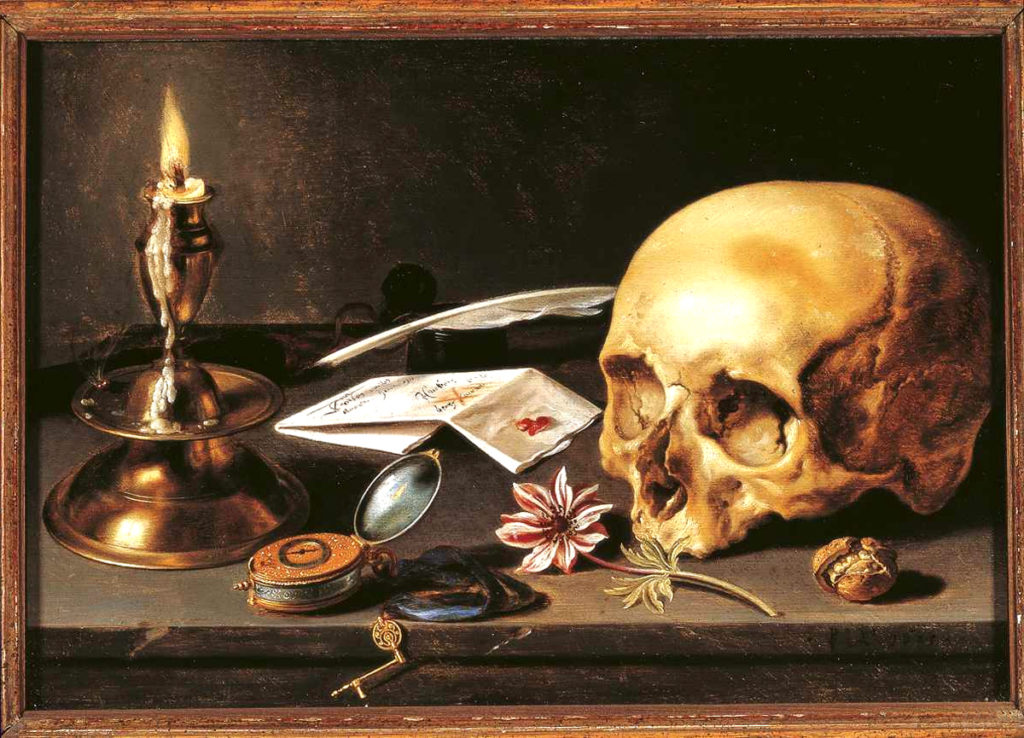
What is Memento Mori?
Memento mori is an artistic or symbolic trope acting as a reminder of the inevitability of death. The concept has its roots in the philosophers of classical antiquity and Christianity, and appeared in funerary art and architecture from the medieval period on wards.
The point of Memento Mori isn’t to be morbid or promote fear, but to inspire, motivate and clarify.

Still life photo shoot



Still life edits










Still life finals






